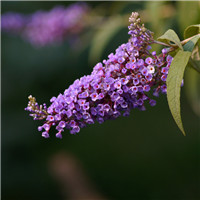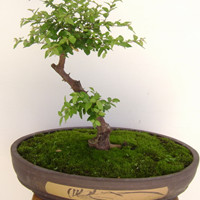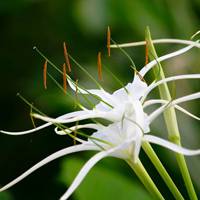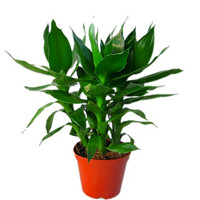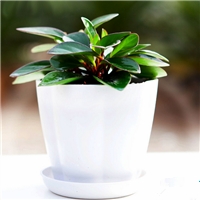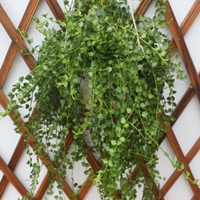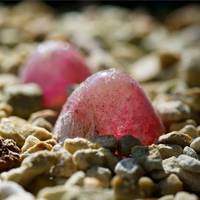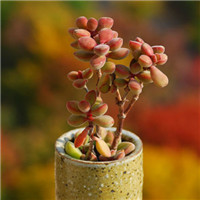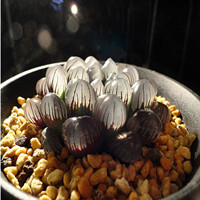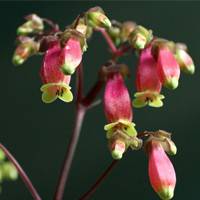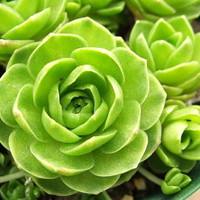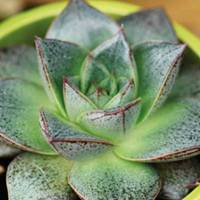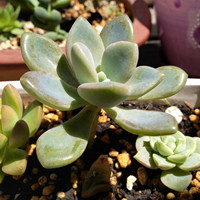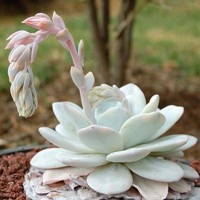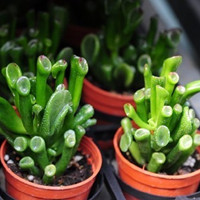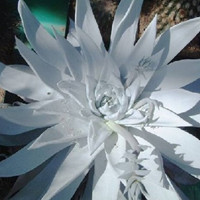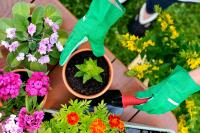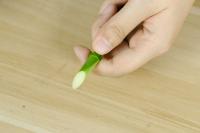How many times should you water plants?
Watering your plants is one of the key tasks in maintaining their health and well-being. Too much water can suffocate the roots, while too little can cause the plant to wither and die. So, how often should you water your plants? This largely depends on the type of plant, the environment, and the soil texture. In general, it's important to keep the soil moist but not oversaturated.
Factors that affect watering frequency
Before you water your plants, it's important to consider various factors that can affect how frequently your plant requires water. One of the main factors is the type of plant. Some plants, like succulents, are tolerant of dry soil and require less water, while other plants, such as ferns, need moist soil to thrive. The environment also plays a role, as plants in hot, dry climates require more water than those in cooler, more humid locations. The soil texture is another factor to consider, as sandy soils dry out faster than soils with higher clay content.
Signs of over-watering
Over-watering your plants can be just as harmful as under-watering. Signs of over-watering include yellowing leaves, root rot, and a musty odor emanating from the soil. To prevent over-watering, make sure to water your plants only when they need it and avoid letting them sit in standing water.
Signs of under-watering
Under-watering your plants can cause them to wilt, dry out, and eventually die. Signs of under-watering include brittle leaves, dry soil, and sagging stems. To prevent under-watering, make sure to water your plants enough to keep the soil moist but not soaking wet. A good rule of thumb is to water when the top inch of soil feels dry.
How to water plants effectively
Watering your plants from above can cause water to splash onto the leaves, which can invite pests and disease. Instead, it's best to water your plants at the soil level. Slowly pour water onto the soil until it is moist but not oversaturated. It's also important to water your plants in the morning or evening, when temperatures are cooler and evaporation rates are lower.
Conclusion
Watering your plants is an important part of maintaining their health and vitality. By considering the type of plant, the environment, and the soil texture, you can determine how frequently your plants need water. Remember to look out for signs of over-watering and under-watering, and water your plants effectively by watering at the soil level and during cooler times of the day.

 how many times do yo...
how many times do yo...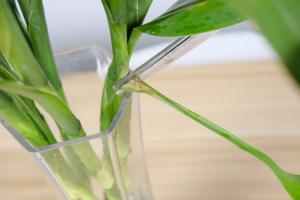 how many planted tre...
how many planted tre...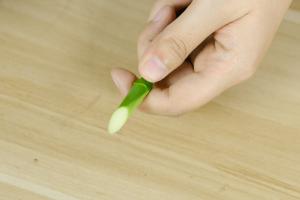 how many pine trees ...
how many pine trees ... how many pecan trees...
how many pecan trees... how many plants comp...
how many plants comp...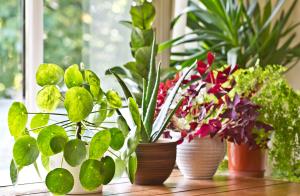 how many plants can ...
how many plants can ...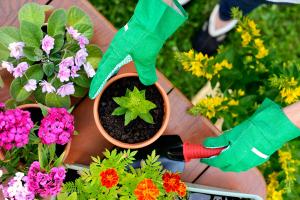 how many plants and ...
how many plants and ...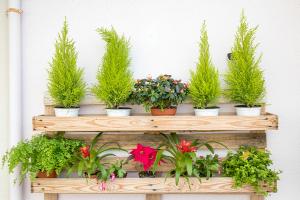 how many pepper plan...
how many pepper plan...
